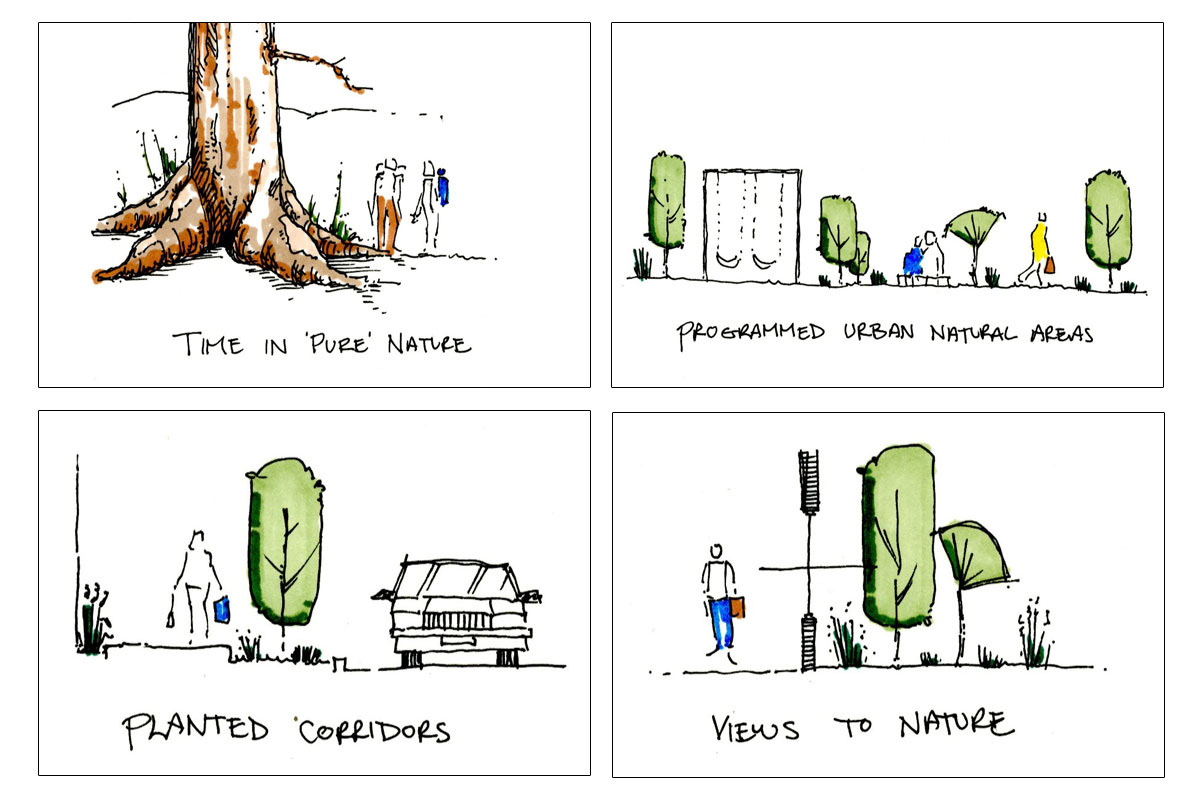The Value of Inner-Urban Green Space

After transitioning from a life in the Northwest to the vast urban environment of the Greater Houston area to study architecture, Andrew Parker is researching the psychological effects that nature has on humans and how this information can influence the way cities are designed.
Inspired by E.O. Wilson, a sociobiology and biodiversity expert who studies the human response to nature, Parker is examining the influence of nature on childhood development, social understanding and stress management to justify the expansion and preservation of inner-urban green space, particularly in neighborhoods with low socio-economic status.
“We have a responsibility to develop sustainability beyond definitions of energy use,” says Parker, who is pursuing his Master of Architecture degree. “We now have the knowledge, research and technology to make this a reality.”
As part of his thesis work, Parker is spending the summer studying Los Angeles to compare quantity, quality and proximity to various types and levels of natural environments. His thesis project aims to confirm the benefits of providing spaces for respite from the constant stimulation of urban life and narrow the education gap through outdoor immersive programs. While in Los Angeles, Parker will visit the Channel Islands to observe some of the existing programs available in these fields. He will learn more about how people behave outdoors, in hopes of gathering outcomes that support further integration of natural environments and parks into inner-city blocks.
“Playing outside with things like sticks and rocks correlates to increased imagination in kids,” he says. “I’d like to determine what kinds of urban green spaces are needed to sustain human development and creativity, and reduce overall stress.”
Next Story:
GREAT AMERICAN POET’S UNDISCOVERED WORK
English literature Ph.D. candidate Zachary Turpin discovers an unknown work by Walt Whitman.